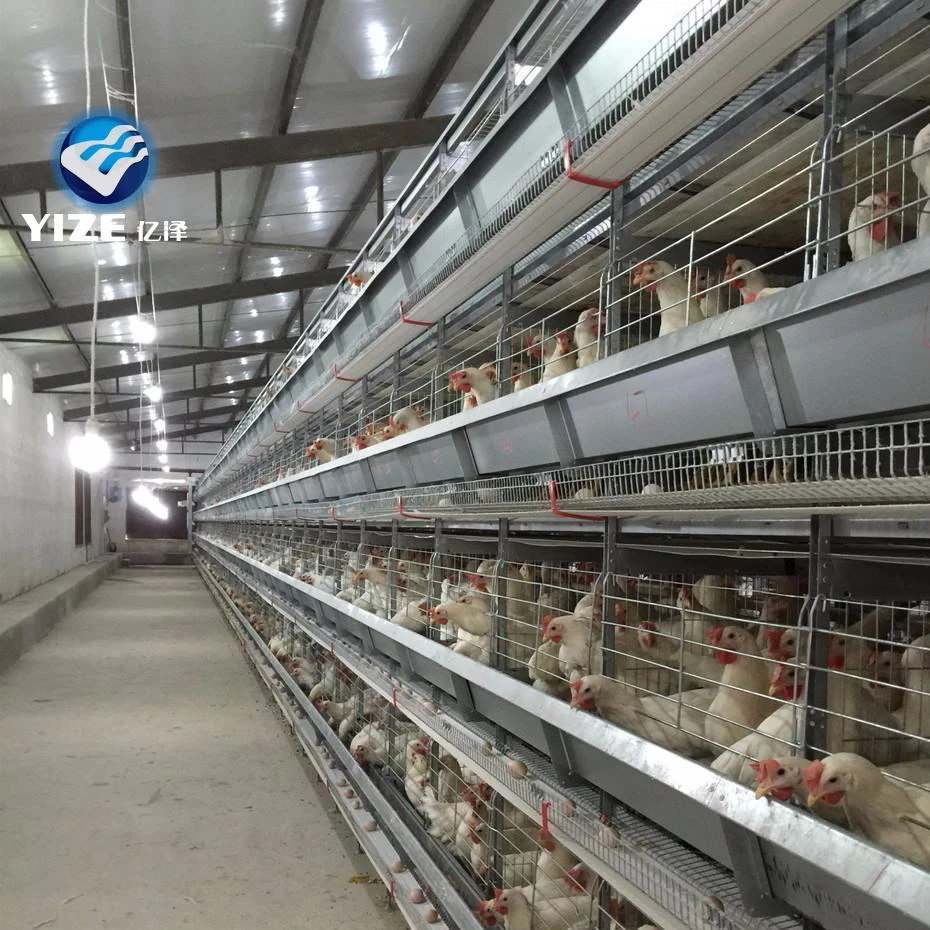chicken layers cages
វិច្ឆិកា . 30, 2024 22:28 Back to list
chicken layers cages
The Benefits and Challenges of Using Chicken Layer Cages
The poultry industry plays a significant role in global food production, especially in egg production. Among various methods of raising chickens, the use of chicken layer cages has become increasingly popular. This system is designed to maximize efficiency and enhance the welfare of the birds, but it also presents several challenges that need to be addressed.
What Are Chicken Layer Cages?
Chicken layer cages are enclosures that host hens specifically bred for egg production. These cages are typically arranged in tiers, allowing farmers to use vertical space effectively. Each cage houses a few hens, which can promote a cleaner and more organized environment compared to traditional methods of free-range or barn-layer systems. The design of these cages facilitates better management and allows for easy access during feeding, egg collection, and health monitoring.
Advantages of Chicken Layer Cages
1. Space Efficiency One of the most significant advantages of using layer cages is their space efficiency. The ability to stack cages vertically allows farmers to raise a larger number of hens in a smaller footprint. This is particularly advantageous in urban settings where space may be limited.
2. Disease Management Caged systems can help reduce the spread of diseases among flocks. Because chickens are confined to smaller spaces, there is a lower probability of contact with wild birds and other disease vectors that can infect the chickens. Furthermore, proper hygiene practices can be more easily implemented in a controlled environment.
3. Egg Production Layer cages are designed to optimize egg production. With controlled feeding, lighting, and environmental conditions, hens can achieve consistent and high egg yields. Additionally, the collection process is streamlined, reducing the risk of damage to eggs.
4. Labor Efficiency The concentrated design of layer cages allows for more efficient labor practices. Farmers can manage their flocks effectively, spending less time on barn management and more time on other critical aspects of farming.
chicken layers cages

Challenges Faced by Chicken Layer Cages
While the benefits of layer cages are notable, there are also challenges that accompany their use.
1. Animal Welfare Concerns One of the primary critiques of layer cages revolves around animal welfare. Critics argue that confinement can lead to stress and behavioral issues in hens. While many modern cages have improved designs that provide hens with more space and enriched environments, the ethical debate continues regarding the overall well-being of caged hens.
2. Regulatory Considerations As awareness of animal welfare grows, regulations around the use of layer cages are evolving. Some regions have implemented stricter laws to limit the size of cages and improve conditions for animals. Farmers must stay informed about these regulations to ensure compliance and maintain their licenses to operate.
3. Public Perception The public’s perception of caged chicken farming is increasingly influenced by concerns over humane treatment. As consumers become more conscious of the origins of their food, they may favor eggs from free-range or pasture-raised systems, impacting the market for caged eggs.
4. Transition Costs For farmers accustomed to traditional methods, transitioning to cage systems can entail significant upfront costs. The investment in infrastructure, including the cages themselves and necessary modifications to farm layout, can be a barrier for some producers.
Conclusion
In summary, chicken layer cages provide a range of advantages that can enhance egg production and improve management practices in poultry farming. However, the associated challenges, particularly regarding animal welfare and regulatory concerns, must be carefully navigated. As the industry evolves, farmers must strike a balance between operational efficiency and ethical responsibilities, ensuring the well-being of their flocks while meeting the demands of the market. The future of chicken layer cages will likely depend on innovations that continue to improve the living conditions of hens while maintaining productivity.
-
High Performance Exhaust Fan – Efficient Ventilation Solutions for Home
NewsJun.10,2025
-
High-Quality Gestation Pen for Sows Durable Mobile Pig Pen & Simple Pig Pen Solutions
NewsJun.10,2025
-
High Quality Rabbit Cage Double Tier Designs & Welded Wire Mesh Supplier
NewsJun.10,2025
-
Floating Fish Feed Machine - High Efficiency Floating Fish Feed Extruder for Small Scale Production
NewsJun.10,2025
-
Premium Poultry Housing Solutions Mobile & Commercial Free Range Options
NewsJun.10,2025
-
Industrial FRP Fans Corrosion-Resistant Blades & Centrifugal Systems
NewsJun.09,2025






